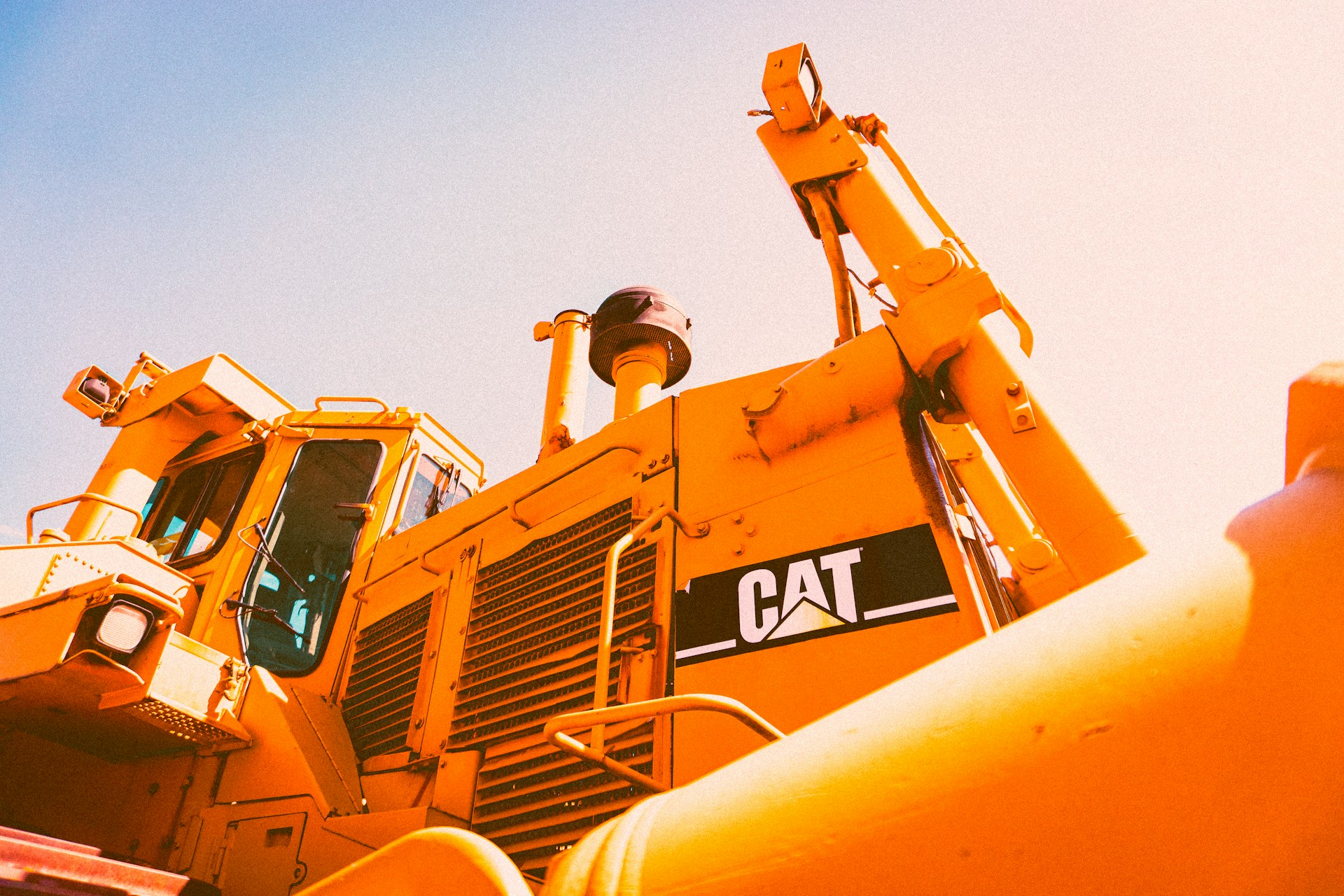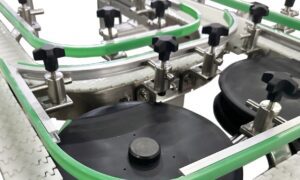Since industries expose their machinery to high temperatures it becomes very important to select the right type of seal or gasket for better operation of machinery. Heat resistant seals and gaskets can also be used and are able to hold up well at extremely high temperatures without being adversely affected. Machinery parts are subject to a great deal of stress and wear and tear so special care should be inflicted in the selection of materials and designs to use. Awareness of how best to go about choosing the most appropriate seal and gasket for high-heat applications can make a sizable difference to working conditions in industrial contexts.
Therefore, proper selection of the seals and gaskets when ordering them is only possible given that the buyer understands the heat exposure of the particular machinery. Important factors that are worth considering include temperature variations, pressure systems, and exposure to credible chemicals and abrasives. Also, compatibility of the seal or gasket material with other parts of the machinery can be checked and this will go a long way in reducing chances of early wear and tearing of the systems.
Understanding Material Options for Heat-Resistant Seals and Gaskets
It is therefore crucial to identify materials that work well in providing high performances under heat in the case of seals and gaskets. Some of the protective materials that are commonly used are silicone, graphite and fluorocarbon elastomers. Its stability at high working temperatures is one of its outstanding features of silicone and therefore it can be useful in applications with varying temperatures. Further, it has an added advantage of being ozone as well as ultraviolet radiation resistant making it suitable for use in stressful climates.
Other heat-resistant gaskets include graphite gaskets because they can withstand high temperatures and do not react with chemicals. This material is mostly utilized in any given application that requires high thermal conductivity such as the automotive industry or in the manufacturing of industrial equipment. •The above elastomers like the Viton have high resistance to heat, chemical and oils making them suitable for sealing operations in areas where the fluids are aggressive. Defining the specific temperature and pressure in which the machinery will be used, can in turn identify the best material for the same.
Evaluating the Design and Thickness of Seals and Gaskets
This is also true in terms of the design for the seal or gasket, where thickness greatly affects the overall performance for use at high temperatures. While thicker seals and gaskets can be more pressure and thermal expansion resistant, they can at the same time present the drawback of compression set/deformation after a while. Some of the important considerations that the design has to include include flange pressure, thermal cycling, and the mechanical stress forces that the seal will need to withstand.
Heat resistant tape can also be used to improve areas that have been sealed or gasketed to save them from high temperatures. This tape further enhances the insulation and enhances the effectiveness of the sealing parts and reduces thermal stresses experienced during soldering. It is helpful to turn to a specialist in materials or to a manufacturer of seals and gaskets and to discuss the recommended thickness of the seals and gaskets based on industrial application.
Considering Environmental and Chemical Exposure
Equipment and systems used in industries often come into contact with various chemicals, oils and solvent, this may cause problems with seals and gaskets. It is crucial that the material selected is capable of withstanding these substances to remain protected against degradation and ensure a secure seal. For instance, fluorocarbon elastomers have a uniquely strong chemical and oil resistance; they are ideal for use in applications involving hydraulic fluids or petrochemicals.
However, if the surrounding atmosphere has abrasive particles or debris, then choosing a material that has high abrasion capacity will add to the service life of the seal or gasket. Secondly, taking into account the effect of thermal cycling, which is the process where the materials expand and contract due to changes in environmental conditions, can be useful in reducing leakage and preventing the degradation of the seals.
Testing and Quality Assurance for Heat-Resistant Seals and Gaskets
However, it is important to carry out comprehensive testing and quality assurance before coming up with the best heat-resistant seals and gaskets. It can also be tested for heat, pressure, chemical resistance and other conditions required for the interaction with the operational machinery. There are several tests commonly used that include thermal cycling tests, pressure tests and chemical resistance tests.
This is true because it is also possible to detect wear, deformations, or cracking on seal and gasket to enable proper intervention before installation on to the equipment. Documentation such as those with tested and approved sealing components will prove resourceful when doing replacements to avoid equipment breakdown. Dealing with reliable gasket manufacturers who stay abreast with the market standards and specifications of heat resistance can further improve on the efficiency and endurance of heat resistant seals and gaskets used in industries.
Conclusion
Choosing the right seal and gasket materials and designs for heavy equipment shall take into consideration aspects such as the type of material, design and environment. The temperature ranges and pressure levels and chemical compatibility can easily decide the material like silicone, graphite, fluorocarbon elastomers, etc. Moreover, there are various ways through which the thickness and type of the sealing components can also be improved to act efficiently under high-temperature environments. It is also implemented to add extra protection where there are high temperatures: where heat-resistant tapes are used. In order to enhance performance of seals and gaskets, the industrial operators should conduct tests and follow quality assurance measures that guarantee that the seals and gaskets perform optimally and durably, thus avoiding cases where the equipment developed faults or even breakdown, thus posing costly downtimes.



































